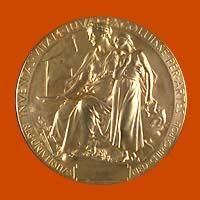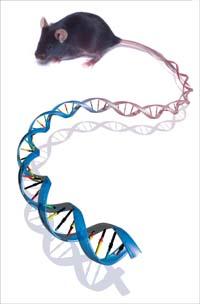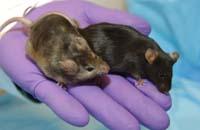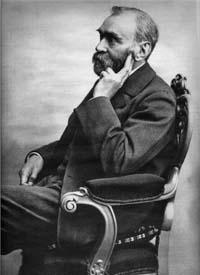Models of mouse, stem cells and genes in the Nobel Prize in Physiology or Medicine
2007/10/08 Galarraga Aiestaran, Ana - Elhuyar Zientzia

The three researchers have made key findings in the research of DNA recombination of stem cells and mammals of embryonic origin. Thanks to his work, he has developed a gene-target technology of great importance in biomedicine.
The gene source is used in both basic research and research of new therapies and currently allows any DNA change in the mouse genome. It is often used to inactivate a certain gene. This technique is called knockout. Mouse cells start from mothers, inactivate a stem cell gene, so that the developing mouse will not have that gene. With this, researchers have been able to know the role of many genes.
To date, more than 10,000 mouse genes have been inactivated (about half of the genes in the mammal genome) and more than 500 mouse models have been created to investigate human diseases such as cancer, degenerative nervous system diseases or cardiovascular diseases.
Recombination to change genes

In the cell distribution there is an exchange of genetic information in each pair of chromosomes, that is, they are recombined. Capecchi and Smithies suspect that recombination could be used to modify certain genes and studied it to do so.
Capecchi demonstrated that between foreign DNA and chromosomes a recombination could occur in mammalian cells, among other things he demonstrated that defective genes could be repaired by externally introduced DNA. Smithies, for his part, tried to solve the mutated genes. In these trials he found that all genes can cause changes by recombination.
Stem cells, starting point
The first cells studied by Capecchi and Smithies were not suitable for forming mice with inactivated genes. They needed another type of cell capable of transmitting to future generations the changes produced in DNA. Reproductive cells, sperm, and eggs are the only cells capable of doing so.

Martin Evans discovered that the stem cells of mouse embryos could be appropriate to introduce genetic material into the reproductive cells and, from there, developed the technique of creating mice (knockout mice) with certain inactive genes.
In 1989 the first research was published in which the mouse is mentioned with an inactive gene for recombination with embryonic stem cells. Since then they have created many types of mouse of this type that allow to investigate any aspect of the physiology of mammals, from the development of the embryo to serious diseases. They are also used to investigate the effect of gene therapy. And all this thanks to the three researchers who this year will receive the Nobel Prize in Physiology and Medicine.

Gai honi buruzko eduki gehiago
Elhuyarrek garatutako teknologia






